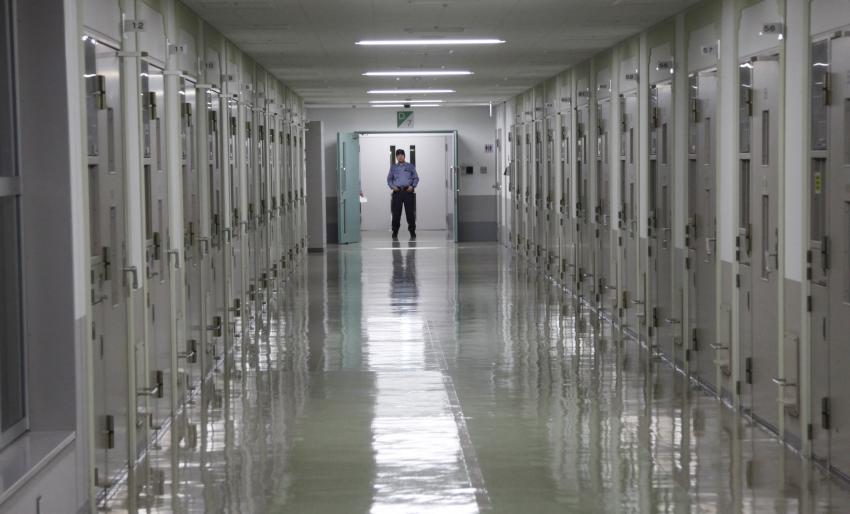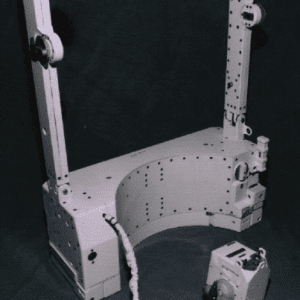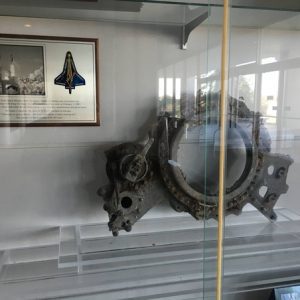
Since I spent 35 days in Japanese jail, I believe I’m qualified to answer this question!
- 07:00: Wake up
The day started at 7am, when the harsh fluorescent lights would flicker to life. Seconds later, a guard (or tanto-san) would appear to open our cell door so we could put our bedding away. The bedding consisted of a thin futon mattress with one tiny pillow, one comforter, and one scratchy blanket that was also for day use. There was no furniture in the cell, so the blanket was there to provide some padding against the hard green tatami floor. Spoiler alert: it offered no padding.
- 07:05: Cleaning
After our bedding was put away, the guard would then deliver cleaning supplies through a small opening in the cell door. A toilet brush, a small broom and two wash rags. My cellmate and I split the duties, and I usually cleaned the bathroom while she cleaned our “living space”. If we did not clean properly, we would receive a stern talking to. (Although I couldn’t understand all the words, I knew it was something to do with “You are not good enough at cleaning”.)
- 07:15–08:00: Breakfast
After cleaning was over, our breakfast bentos would be delivered. We would receive two, one filled with rice and the other filled with a small meal. In the morning there was always a piece of smoked fish and sweet egg. We also got a cup of “green tea” that was mostly lukewarm water.
Sometimes a thermometer would also be delivered to the cell, and the guard would say “#52, court today”. If it was your day to go to court, you were to take your temperature, and then give the thermometer back to the guard. Thermometer delivery was a sure sign you were going to see either the prosecutor or the judge or both, and it always made me extremely nervous. (Visiting court will have to be a different answer, since it was not part of “everyday life”)
- 08:00–10:00: Exercise Time Mon-Sat (not Sunday) and Shower time Tuesday and Saturday only
Tuesdays and Saturdays were designated “shower days” and I looked forward to these the most. We were only allowed to shower twice a week for 15 minutes at a time, and I always used every single second. It was the closest to “relaxing” that I got. There was an onsen tub in the room, along with two shower heads on the wall. I didn’t mind the fact that every single prisoner used the same water in that tub – I would have crawled over hot coals to soak in that goddamn water.
No matter the day, we had “exercise time” at around 8 am. (I put that in quotations because it only lasted 5–10 minutes) The guards would accompany one cell at a time to a room with cement walls. There were open windows high up on the walls in this room, and although I could not see out of them, they let in some fresh air. Below were sounds of the world chugging along, completely oblivious to the fact that I was listening in. A person having a cigarette break, a car driving past, the quiet hum of Japanese society. It was oddly comforting.
- 10:00–12:00 Sit & Reflect time, or Interrogation by police
10am started what I like to call “sit and reflect” time. We were basically left on our own for most of the day. During S&R time we could read, write in our journals, attempt a nap (extremely difficult to do with the hard floor and the glaring fluorescent lighting), or just sit and stare at the wall. One afternoon I counted and mentally measured the cracks in the wall. Those cracks had me shook because Japan is very seismically active.
10am also started the time where police were allowed to interrogate prisoners. This process was terrifying for me, because I never knew when they would come. There was something like a doorbell that rang through the entire jail, and that signaled the police had arrived to interrogate someone. The only warning of the coming interrogation was that doorbell, then a guard coming into the cell with handcuffs. It could honestly happen anytime, and now if I hear anything resembling that sound I get a little stab of fear that hits right in the pit of my stomach.
- 12:00–13:00: Lunchtime
12:00 was lunchtime. Another two bentos, one with rice, one with the meal was delivered along with more lukewarm green tea-water. The food was cold 100% of the time, and included things like Japanese curry and a noodle salad.
During lunchtime, the guards would put on the radio for us to listen to. I have no idea what station it was, but it played some news and some music. Since I was in jail around the Christmas holiday, they played several Christmas songs. I heard some new ones that I never knew existed!
- 13:00–19:00: Sit and reflect, or police interrogation (continued)
At 13:00 we were back to “sit and reflect” time, where I would usually read. I subsisted on books provided by the American Embassy, which helped keep me sane. I’m a voracious reader, so I was able to read and re-read books 2–3 times each. My favorite was In the House of the Spirits, by Isabel Allende. (Fantastic story!) My least favorite was Eat, Pray, Love, which I still think is the absolute worst book to read while in jail. A book about not only traveling, but also about eating great food. There was another book about spoiled pre-teen girls that carried Chanel purses and whined about boys. I wanted to tear that one up so badly.
- 16:00: Snacktime (During Sit & Reflect time)
If a prisoner had enough money, they could purchase snacks like juice boxes, sweet buns, candy, or savory snacks like shrimp chips. I only had around 8,000 yen ($80) on me when I was arrested, so I wasn’t able to buy much, but I made my money last the entire time I was in jail (35 days). I budgeted carefully and was able to purchase a few sweet buns, a few juice boxes and a box of candy. My funds were also low because I had to purchase all my personal items like soap, shampoo, toothbrush, toothpaste, and towels the size of wash rags. When I was released I had approximately $1.50 left. (But I got to keep my jail toiletries – score!)
- 19:00–20:00: Dinner
Dinner was served at 7pm and consisted of the same two bentos. One with rice and one with not rice. The best meal I got was something like 2 Honey BBQ chicken nuggets, half a deviled egg and about 6 mandarin orange slices from a can. I enjoyed that meal so much because It reminded me a little of home (The US). The guards also played the radio during dinner, and every Sunday they had a segment called “It all started with the Beatles!” where they played Beatles songs. It was nice to hear familiar music once a week.
- 20:00–21:00: More Sit & Reflect time
After dinner was one final hour of S&R time, where I usually wrote in my journal. Towards the end of my time, my cellmate and I would go through Japanese words and phrases. I have thousands of words, phrases and sentences written in my journal. Welcome to the way I learned Japanese ☺️
- 21:00: Bedtime prep
Time to prepare for bedtime. Not actually go to bed, but time to bring the futon back out and set up for bedtime. I would always breathe a sigh of relief at this time because it meant that I didn’t have to be interrogated by police until the next day (ask not for whom the doorbell tolls, it may toll for me).
During this time, my cellie and I would try to teach each other our respective languages. We would go over the basics every night like eyes, nose, teeth, mouth. I remember us both laughing when I mentioned that the word for “mouth” (kuchi, 口) sounded a lot like the word for “9 o’clock” (kuji, 九時). She thought is was very funny that I couldn’t pronounce them correctly. (I didn’t mention that her pronunciation of “o’clock” sounded like “o’quart”)
Sometimes this time annoyed me because I was so mentally exhausted from being in a constant state of near panic attack. Looking back on it now, I am very thankful for the time we spent talking. She had a motherly way of keeping me from jumping off the proverbial ledge. Shen was an amazing lady.
- 22:00: Bedtime.
Best time of the day. I rarely actually slept for more than an hour or two at a time as the futon mattress was very thin. If I slept on my side or my stomach my hipbones would become sore, and on my back my tailbone started to ache. I mostly just laid back and thought about stuff. Since I was completely devoid of technology, I rediscovered my own thoughts and imagination. When I would fall asleep for a bit, I was inevitably woken in the morning by those harsh fluorescent lights.
Then the next day would progress with the same schedule. Every day…for 35 days.
Deviation from the schedule above was very rare.






